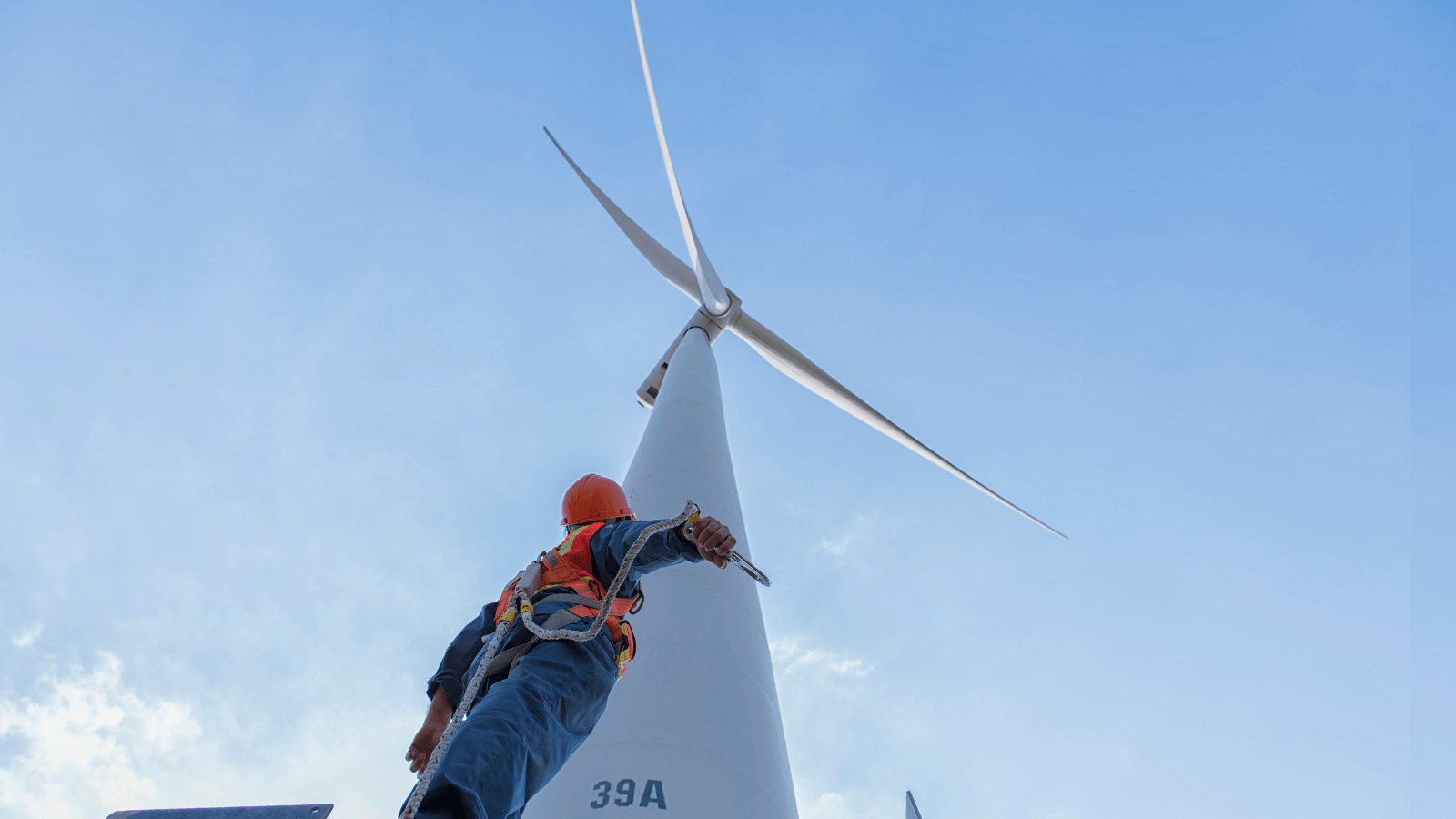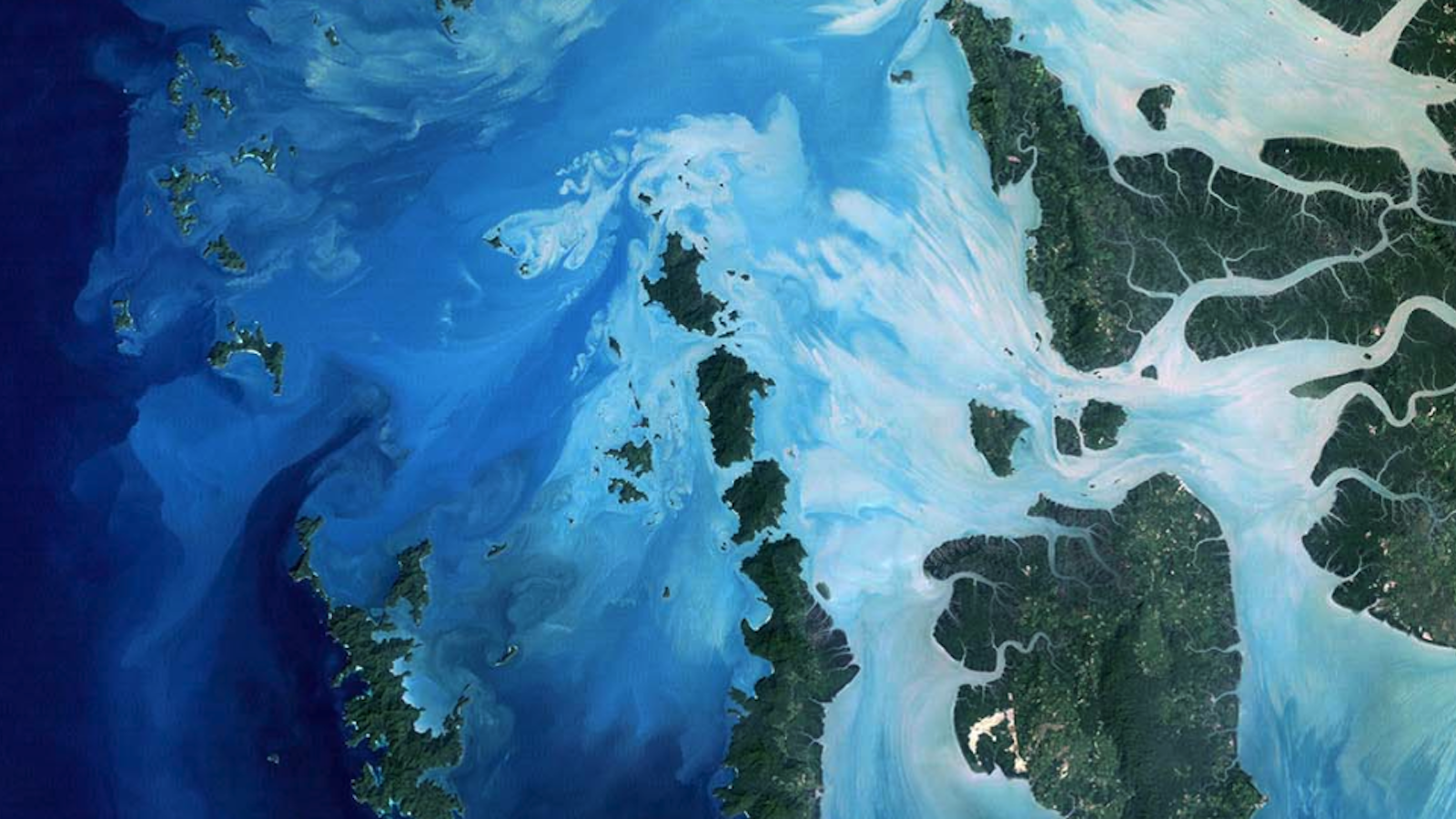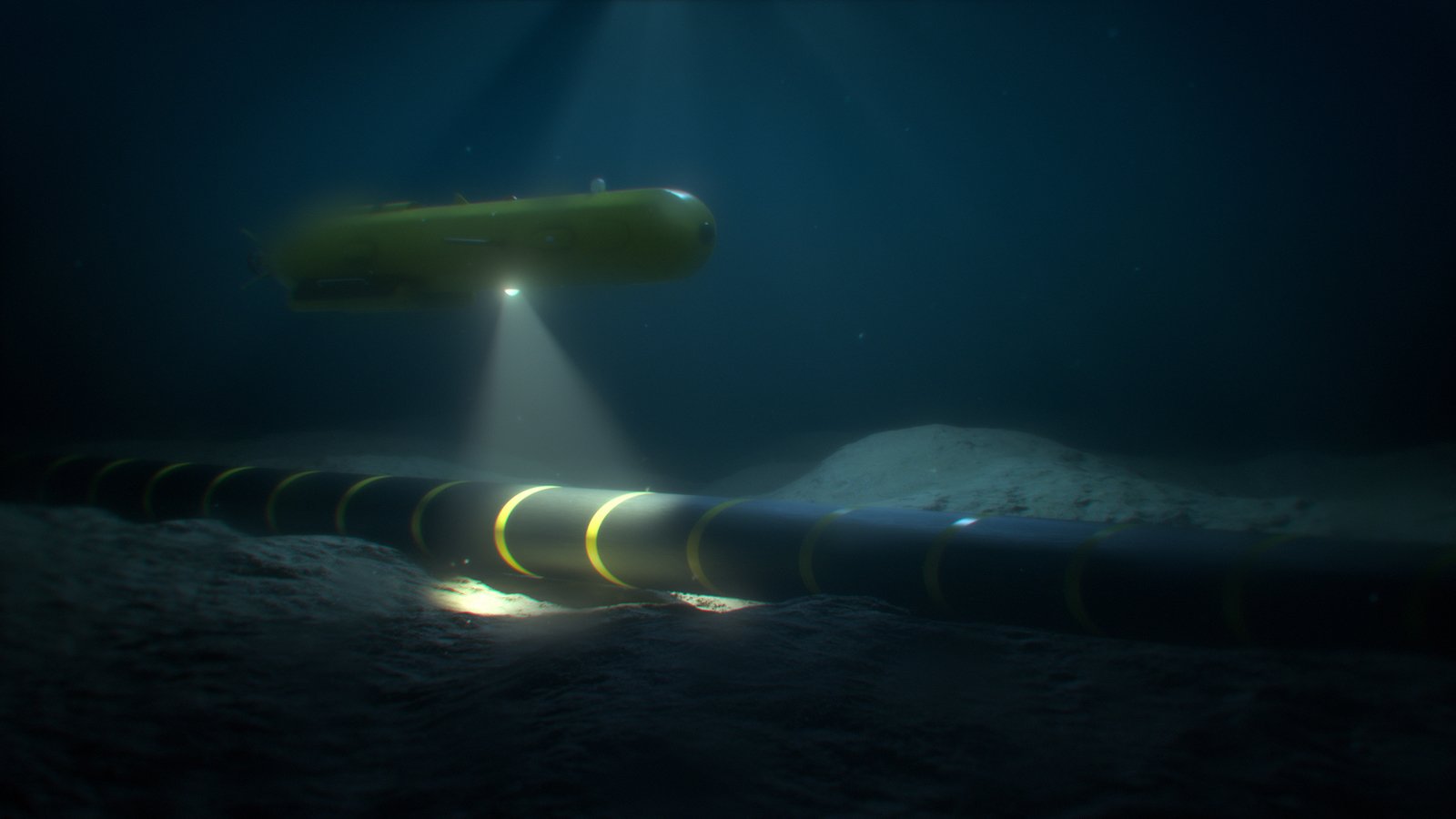4 min read
Bridging the Geoscience Skill Gap: TrueOcean's Digital Revolution
Introduction In view of the ambitious national net-zero targets around the globe, a critical challenge has emerged: a significant shortage of skilled...
Hydro International’s New Horizons for Hydrography, but Who Will Conquer Them? article paints a positive picture for the short and mid-term future of marine surveys. Written by the long-established technical journal’s Editor Wim Van Wagen, the extensive commentary is based on responses provided in Hydro International’s annual industry survey and through this, we are able to find out what professionals believe the biggest challenges and opportunities will be in 2023 and beyond.
A perhaps easily predicted result detailed in the article is that the biggest opportunity seen by the industry is in Offshore Route and Site Surveying, an expectation arising from observed growth in the offshore wind sector as reflected by this passage in the article: “The hydrographic industry is experiencing a boom due to a surge in worldwide government investment in the blue economy and renewable energy sources, particularly offshore wind farms, tidal and wave energy, and cable route projects.”
In fact, global targets call for an increased generating capacity from 34 GW in 2020 to 330 GW by the end of the decade. The increased targets will drive the installation of tens of thousands of new wind turbines and their associated subsea infrastructure in the coming years, all of which require the services of marine survey companies for planning, engineering, and lifetime operations. This brings us to the challenges highlighted in the article.
Of the nine challenges to the hydrographic survey sector identified for 2023, four of them are directly linked to the acquisition, handling, and application of marine data and in the context of meeting the needs of growth in offshore wind, it’s essential that the industry adopts modern digital solutions if its challenges are to unlock the opportunities.
With more demand for offshore surveying, companies will be turning to new technology to optimise their operations and speed up the process of data acquisition from ping to cloud. Supporting technologies include new Autonomous Surface Vessels (ASV/USV) and Autonomous Underwater Vehicles (AUV) enhanced by more effective Artificial Intelligence and Machine Learning systems, with payloads that include new-generation bathymetric sensors that can acquire better data, faster. Together, these technologies can unlock new workflows that will deliver a significant increase in data acquired, meaning that outdated, manual data management practices will need to be replaced by more efficient digital approaches, like the TrueOcean Marine Data Platform (MDP).
The appearance of data management as an industry challenge in the Hydro International survey reflects that the marine survey sector already understands that improvements must be made to today’s analogue workflows. With the adoption of a digital MDP, survey companies can operate in a single dataspace, from initial delivery of the data to the cloud through analysis and production of the final product. With the overriding goal to introduce more efficiency throughout the marine survey value chain, an MDP ensures that data can be shared and visualised regardless of format, which saves time and unlocks the capacity to serve more clients.
Today’s client commission approach to marine survey packs the majority of the value held in marine data into the first transaction, but as a new blue economy begins to take shape, and demands from the renewable energy sector for regular and ad-hoc surveys at offshore wind farms is set to increase, it’s possible to create new business models that could benefit multiple stakeholders. The vision of a ‘cloud marketplace’ for marine data depends on the ability of marine survey companies to fully realise the potential of autonomous solutions as this will allow the cost to acquire marine data to drop to the point that ‘on spec’ surveying becomes a possibility – essentially the data will be acquired and made available before a client requests it. This is of course a true paradigm shift, but before then, its possible for existing marine data owners to create their own depository for paid access using the TrueOcean MDP right now.
The TrueOcean MDP already offers a centralised cloud approach which massively improves the accessibility of marine data with the added benefits of features like visualisation capabilities and geospatial search. This leads to greater transparency between the marine survey company and their clients, who can be given access to the data they need on one platform, without the need to subscribe to different software to interact with specific file formats.
We’re enthused to see that the development direction of the TrueOcean MDP matches the needs of the industry as shown in the Hydro International article. The goal of our platform has always been to optimise the journey of data from ping to cloud and these four challenges are interlinked to making that happen.
Of course, the article highlights other challenges, like developing a new generation of surveyors, but within the scope of marine data, the survey industry already has the tools it needs to go digital and overcome several key barriers to leveraging the opportunities that offshore wind will bring to the industry.
Read more about our TrueOcean MDP here.

4 min read
Introduction In view of the ambitious national net-zero targets around the globe, a critical challenge has emerged: a significant shortage of skilled...

5 min read
In the ever-evolving world of marine operations, efficient data management and analysis are essential for success. TrueOcean enables these...

2 min read
1. Eliminating Waiting Times Waiting is a significant source of waste in data workflows. Traditionally, data delivery using physical hard drives has...

4 min read
Imagine this: our oceans are not just inert bodies of water; they function as the very “lungs of our planet”. Did you ever stop to think that...
